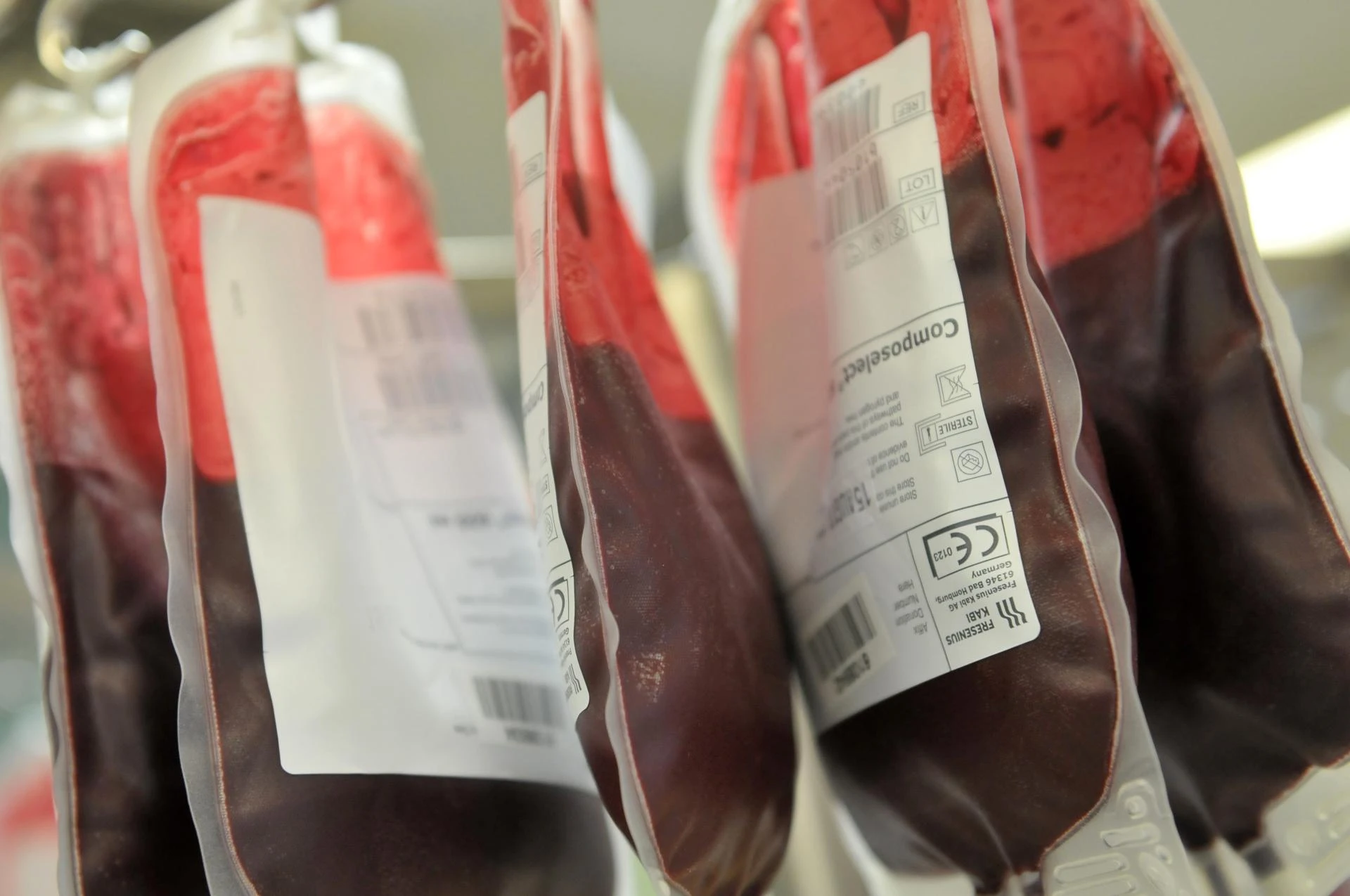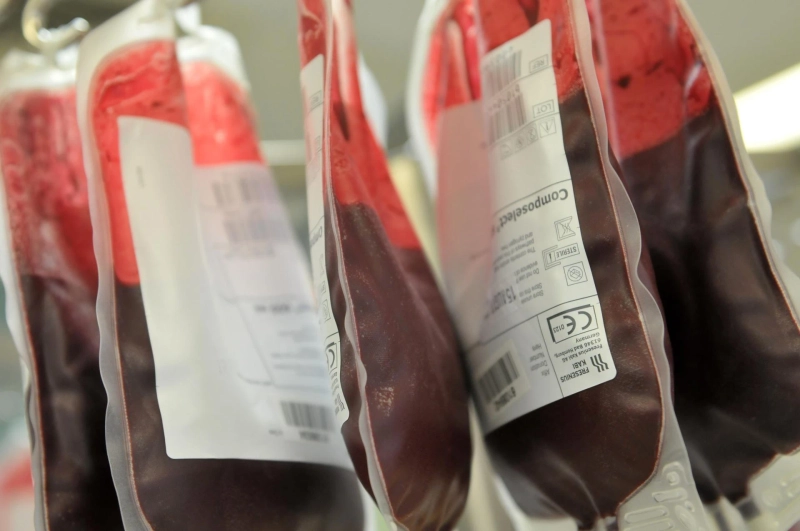Healthcare is evolving, and people are no longer tied to waiting rooms and long clinic visits just to get a blood test. At-home blood draws are a modern solution that bring convenience, accuracy, and comfort right to your doorstep. Instead of rearranging your schedule or spending hours traveling to a lab, you can either use a home blood test kit or book a mobile phlebotomist to visit you.

What Are At-Home Blood Draws?
At-home blood draws refer to the process of collecting a blood sample from the comfort of your home instead of visiting a medical clinic or laboratory. These are typically done in two ways:
- Home blood test kits: Delivered to your door, these include a finger-prick blood test or microneedle devices that collect small amounts of capillary blood. You then mail your sample to a certified lab for analysis.
- Mobile phlebotomist visits: A trained professional comes to your home, performs a standard venipuncture draw, and ensures your sample is transported securely to the lab.
This method is ideal for people with chronic health conditions, busy schedules, mobility challenges, or anyone seeking pain-free home blood collection.
How At-Home Blood Testing Works
The process of at-home blood testing is simple, yet it varies depending on whether you use a kit or schedule a mobile phlebotomy service.
Order or Schedule Online
- Visit the provider’s website to order a kit or book a mobile phlebotomist.
Receive Kit or Phlebotomist Visit
- For self-collection kits, you’ll receive a box containing lancets, strips, collection tubes, alcohol wipes, and prepaid return packaging.
- For mobile phlebotomy, a professional arrives with all equipment.
Sample Collection
- With kits: prick your finger or use a microneedle device (which is nearly painless).
- With phlebotomist: they draw blood using standard medical techniques.
Return or Deliver the Sample
- Kits: you place your sample in prepaid packaging and drop it in the mail.
- Mobile phlebotomy: the professional ensures safe delivery to the lab.
Receive Results Online
- Within a few days, your results appear in an online dashboard or secure app. Many services also allow you to download or share results with your physician.
Why At-Home Blood Draws Are Gaining Popularity

Several factors are driving the rise of at-home blood draws:
Convenience & Accessibility
No travel, no traffic, no waiting rooms. This is especially valuable for elderly patients, people with disabilities, or those in rural areas.
Comfort & Pain Reduction
Studies show that 74% of people prefer painless blood collection methods and would even pay more for comfort. Devices like microneedles make the process virtually pain-free.
Privacy & Discretion
For sensitive tests (such as hormone levels or STD screenings), many people prefer the privacy of at-home collection.
Faster Results & Better Health Monitoring
Since many labs now integrate with apps, results are often faster, and you can track your health trends over time.
Impact on Healthcare Decisions
Blood test results influence 70% of medical decisions. By making testing more accessible, at-home blood draws help ensure timely treatments.
Pros and Cons: At-Home vs. Clinic Blood Testing
Advantages of At-Home Blood Testing
- Convenient – no travel required.
- Pain-free collection options – microneedles and finger-prick tests.
- Privacy – test discreetly at home.
- Accessible – great for people with limited mobility.
- Transparent pricing – many kits show upfront costs.
Drawbacks of At-Home Blood Testing
- Risk of error – improper sample handling may affect accuracy.
- Insurance limitations – not all services are covered.
- Regulatory gaps – not all kits are FDA-approved.
- Limited scope – some complex tests still require a lab visit.
When comparing at-home blood draws vs. clinic testing, the best choice depends on the test type, urgency, and personal comfort level.
Common Types of At-Home Blood Tests
At-home blood tests cover a wide range of needs:
- General health panels: cholesterol, glucose, HbA1c (diabetes), complete blood count (CBC).
- Nutritional tests: vitamin D, B12, iron levels.
- Hormonal tests: testosterone, thyroid panels, female hormone health.
- Liver & kidney function tests: monitoring for chronic conditions.
- Specialized panels: allergy testing, food sensitivity, STD/STI screening.
Some companies even offer subscription blood testing—sending regular kits to monitor long-term conditions.
Frequently Asked Questions (FAQ)
1. Can I draw blood at home without a professional?
Yes. Many self-collection kits allow you to collect a small sample using a finger-prick or microneedle device.
2. Are at-home blood tests accurate?
When processed in certified labs, at-home blood test kits can be just as accurate as clinic tests.
3. How much does at-home blood testing cost?
Prices typically range from $50 to $200 depending on the panel. Mobile phlebotomy services may cost more but include professional sample handling.
4. Do insurance plans cover at-home blood draws?
Some do, but many services are paid out of pocket. Check if your provider accepts FSA or HSA cards.
At-home blood draws are transforming healthcare by making blood testing more accessible, private, and comfortable. From finger-prick kits to mobile phlebotomists, patients now have flexible options tailored to their needs.
If you want a more convenient, pain-free way to monitor your health, at-home blood testing is worth exploring. Always choose certified providers, understand your test options, and consult your doctor with results. Healthcare should adapt to your lifestyle and with at-home blood draws, it finally does.
Contact US
Phone : 703-689-1585
Fax : 1-800-887-9017
Email : info@mobileblooddrawservices.com or homevisit@mobileblooddrawservices.com
Address : 3057 Nutley Street, Suite 193, Fairfax Va 22031, United States



